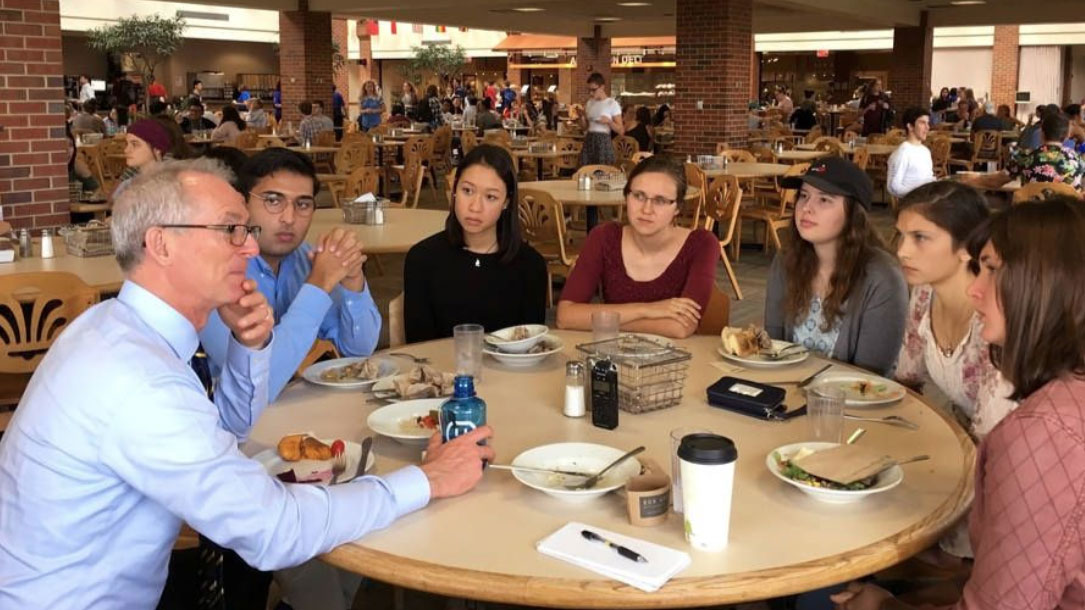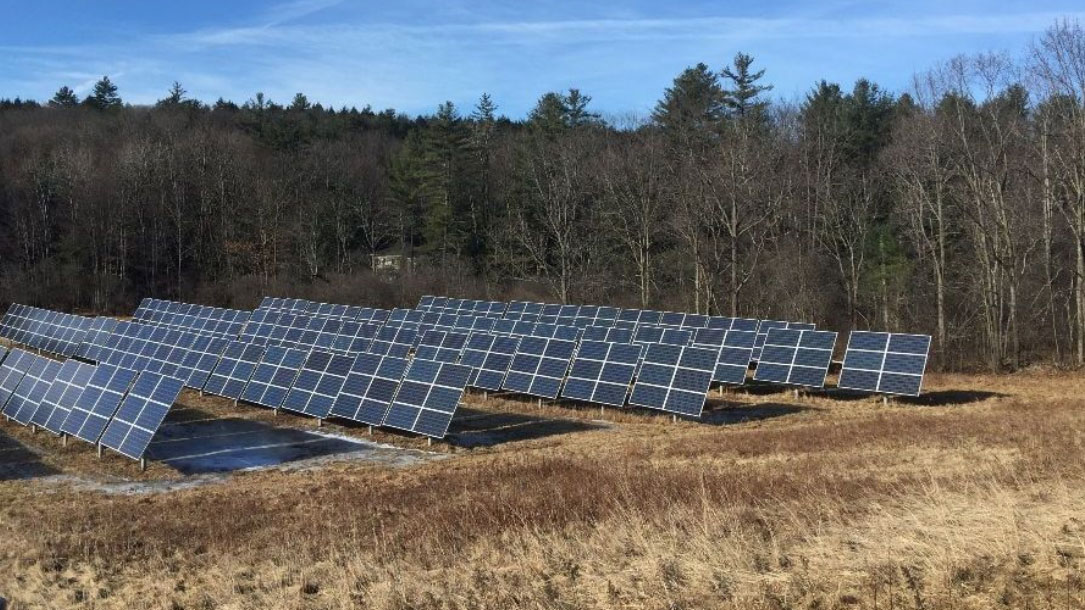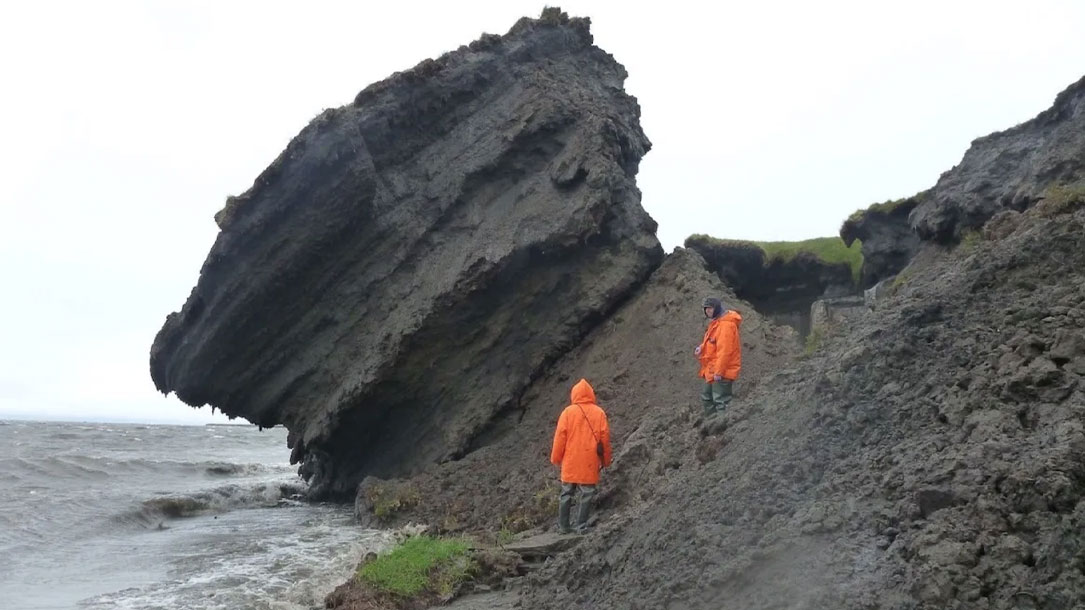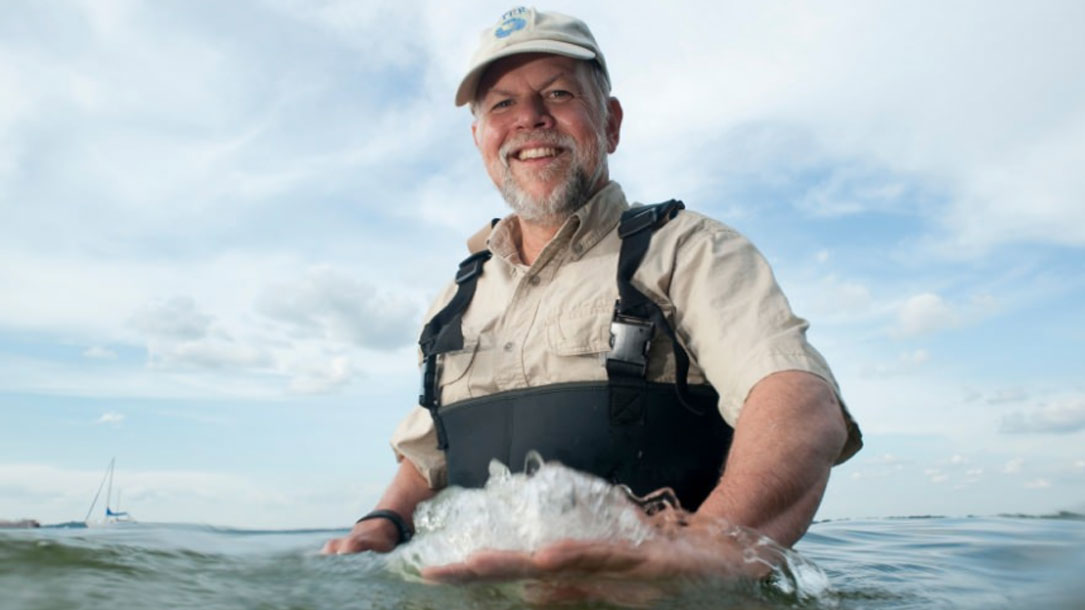
5 facts about U.S. evangelical Protestants
“The Rev. Billy Graham, who recently died at age 99, was one of the most influential and important evangelical Christian leaders of the 20th century. From humble beginnings in rural North Carolina, Graham went on to become a world famous evangelist who drew huge crowds while, at the same time, developing close relationships with several U.S. presidents.
Graham is probably best known for the nearly six decades he spent traveling the world, preaching and evangelizing to millions in his stadium crusades. Graham also cofounded Christianity Today magazine, which remains an important chronicle of evangelical life and culture. Finally, Graham will be remembered as the “pastor to presidents;” he befriended and advised presidents from both parties, including Dwight Eisenhower, Lyndon Johnson, Richard Nixon and Bill Clinton…”

Generation climate: Can young Evangelicals change the climate debate?
Evangelical Protestants—one in four American adults—are a political powerhouse. They are the single largest religious group in the nation, and they are nearly twice as likely to be Republican as Democrat. And while Baby Boomers are currently the strongest political voting bloc, that’s only because the older you are, the more likely you are to vote.
From Colorado Springs, Colorado, Chelsey, 20, always loved nature…

Why the polarization in U.S. on climate change?
You’re right that understanding the various roots that have led to our societal polarization over the issue of climate change—and seeing how those roots interrelate to each other—is critical to efforts to reduce that polarization.
The fact that tremendous polarization exists in America and beyond comes as no surprise. The differing viewpoints contributing to emotional reactions to climate change and perceptions of the issue are part and parcel of America’s divisiveness.
A veteran of physical and social sciences explains the underlying causes of ‘polarization,’ a lead-in to his Part II post exploring ways to deal with it….

Fourth National Climate Assessment: Chapter 21: The Midwest
“The Midwest is a major producer of a wide range of food and animal feed for national consumption and international trade. Increases in warm-season absolute humidity and precipitation have eroded soils, created favorable conditions for pests and pathogens, and degraded the quality of stored grain. Projected changes in precipitation, coupled with rising extreme temperatures before mid-century, will reduce Midwest agricultural productivity to levels of the 1980s without major technological advances…”

The next money crop for farmers: Solar panels
“There’s enough energy produced to run the whole complex,” said DeBaillie, 50, who farms 6,500 acres with his brother and cousin. They typically grow corn and soybeans each spring, but this year they want to put more solar panels on 15 acres—and sell the energy.
The earnings, he said, would be about three times what an average harvest would yield there.
According to the federal government’s Fourth National Climate Assessment, released in November, more extreme high temperatures plus increased humidity and precipitation could mean more pests and pathogens on farms throughout the Midwest in the coming decades. Productivity could drop to levels not seen since the 1980s, the report warned…

CDC: Farmers are committing suicide at 5 times the rate of the rest of the population
“Farmers in the US are facing a myriad of challenges these days, and The Centers for Disease Control and Prevention recently released a report showing that such stress is taking a deadly toll.
While the suicide rates of Americans in all demographics have been on the rise over the last 30 years, farmers have the highest rate of suicide than any other occupation — five times that of the rest of the US population…”

We have 12 years to limit climate change catastrophe, warns UN
“The world’s leading climate scientists have warned there is only a dozen years for global warming to be kept to a maximum of 1.5C, beyond which even half a degree will significantly worsen the risks of drought, floods, extreme heat and poverty for hundreds of millions of people.
The authors of the landmark report by the UN Intergovernmental Panel on Climate Change (IPCC) released on Monday say urgent and unprecedented changes are needed to reach the target, which they say is affordable and feasible although it lies at the most ambitious end of the Paris agreement pledge to keep temperatures between 1.5C and 2C…”

The most dangerous climate feedback loop is speeding up
The new study released on January 16th of this year is the first “globally consistent assessment of permafrost temperature.” Four dozen researchers from around the globe found that the ground temperature tens of feet below the surface “increased in all permafrost zones on Earth”—in the Northern Hemisphere, the mountains, and Antarctica…

Does talking to people about climate change make any difference?
Let’s say I was able to visit one high school per week for the next year and give a talk about what young people can do to fight climate change. Say I also try to reach adults by giving presentations at local community centers, churches, and international centers.
Would any of these efforts, if I undertook them over the next three or five years, make ANY difference in curbing the current rise in carbon dioxide emissions, reducing the number of species going extinct every day (which I’ve read is 200), and decreasing the amount of Arctic sea ice melt?

All hands on deck to understand, predict, prevent abrupt ecological change
“In 2011, Lake Erie turned into a toxic pea soup. One-sixth of the lake harbored a thick and deadly algal bloom that killed fish, closed beaches and struck a blow to Toledo, Ohio’s tourism industry. The bloom was three times larger than any algal bloom ever recorded there.
Then, in 2014, toxic algae suddenly contaminated Toledo’s water supply, preventing half a million people from consuming, cooking or bathing with their tap water…”












